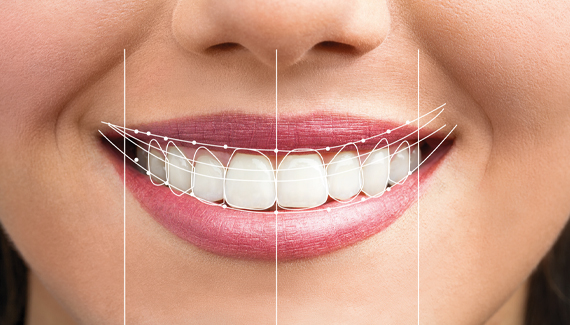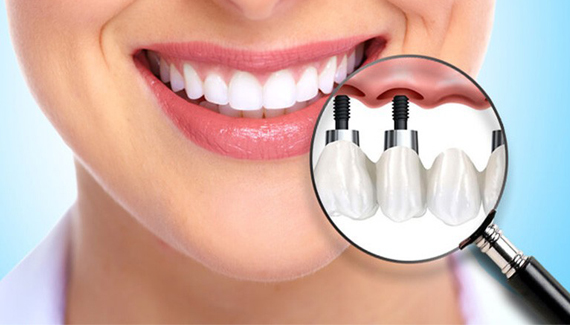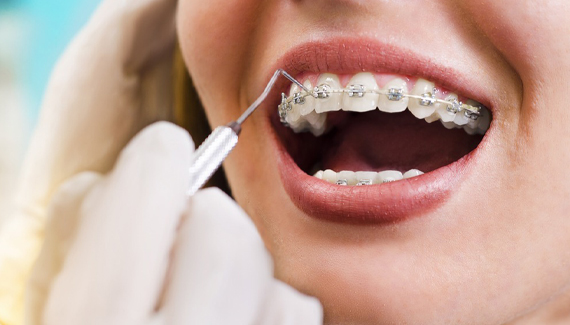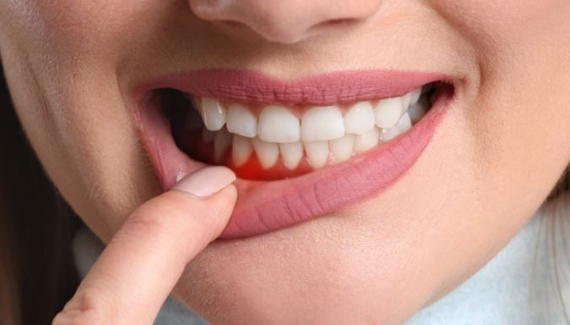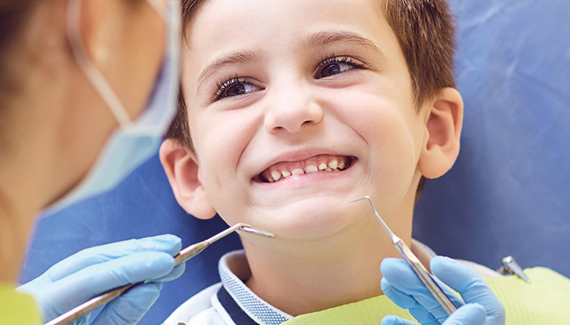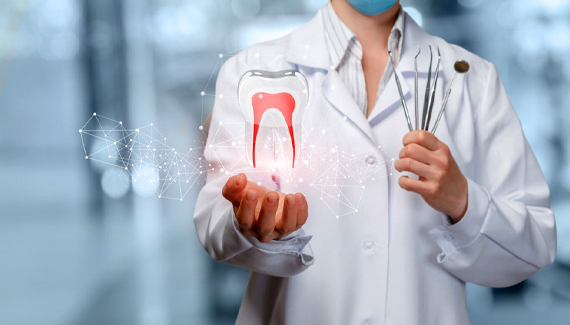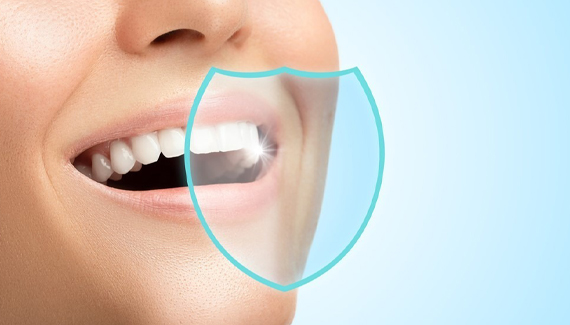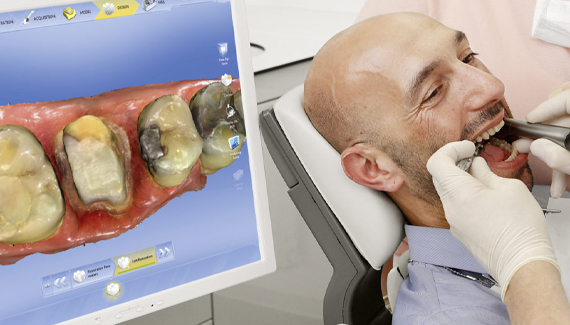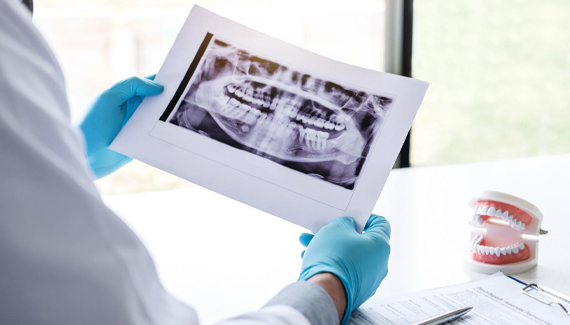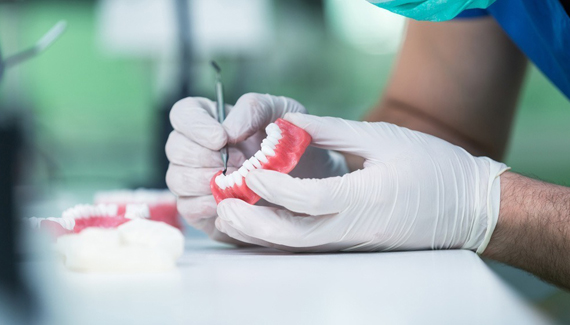
MELSADENT
Orthodontic treatment, by correcting the crowding of the teeth and the incompatibility between the jaws, is not only aimed at aesthetics, but also helps to correct chewing function and impaired speech, as well as preventing possible future gum diseases and problems in the jaw joint. In other words, orthodontic treatment aims to correct aesthetics, function (chewing) and phonation (speech).
In case of dental crowding, teeth are difficult to clean. Malocclusions (bad bite) due to jaw disorder or alignment problems in the teeth can cause abrasions on the tooth surfaces, difficulties in chewing function and excessive load accumulation in the bone and gum supporting the teeth. Left untreated, these problems can lead to more complicated treatment needs.
What are the causes of orthodontic disorders?
1-Genetic factors, especially in individuals with skeletal disorders, it is important whether there is a similar anomaly in the family history. Hereditary tooth deficiencies or excesses, narrow upper jaw, open bite, covered bite, crowding problems, large gaps between teeth, upper jaw being ahead or behind normal, lower jaw being ahead or behind normal can be inherited. In this case, the emergence of orthodontic problems is inevitable. What needs to be done is to take the child to the dentist and orthodontic specialist for regular check-ups starting from the milk dentition period.
2-The opportunities offered by preventive dentistry to patients may not have been utilized; for example, decays in the deciduous teeth may not have been treated with the logic of “it will change anyway” or may have been removed prematurely. Thus, the deciduous teeth will not be able to protect the place of the permanent teeth that will come from below them, and the permanent teeth that cannot find enough space will create crowding or will remain impacted when the time comes.
3-Problems such as ear-nose-throat problems, frequent tonsillitis, the presence of nasal and adenoid flesh, constant mouth breathing can create obstacles in the correct shaping of the jaw bones, cause upper jaw stenosis and tooth eruption disorders.
4-Bad habits; Bad habits such as finger sucking, using a false pacifier or bottle for a long time, tongue sucking, lip sucking, pencil biting, nail biting, infantile swallowing can cause orthodontic disorders in tooth and jaw structures.
Is there an age limit for orthodontic treatment?
Orthodontic treatment can be applied at any age when there is no skeletal problem and the bite problem is limited to the teeth, in other words, in the presence of dental bite occlusion problems. The age of the patient only affects the speed of tooth movement and therefore the duration of the treatment. Adult orthodontics is a frequently applied form of treatment today.
However, if there is a skeletal problem, the age of the treatment becomes very important. Before the end of the growth and development period, skeletal problems can be solved by directing the growth of the jaws, that is, with functional and orthopedic approaches. The timing of treatment for each bite occlusion problem is different. For example, in cases where the upper jaw is behind and the lower jaw is ahead, treatment is started at a very early age. However, in cases characterized by the lower jaw being behind, it is necessary to wait for the onset of full growth and development.
In the adult period (after the end of growth and development), such skeletal problems can be corrected with an approach called orthognathic surgery, in which orthodontic treatment and surgery are used in combination.
What are the types of orthodontic treatment?
Orthodontic treatment, more commonly known as the correction of crowding in the teeth, includes various treatment techniques. According to the orthodontic problem in the mouth; treatments can be performed with
- Removable appliances;
- Functional or orthopedic appliances,
- Fixed appliances (brackets),
- Transparent aligners (INVISALIGN), highly preferred in recent years
1. Removable appliances: Orthodontic problems that are not very complex (in cases of mild crowding and space constriction) can be solved with removable appliances consisting of plastic palates, wires and screws that can be inserted and removed by the patient. Treatment with removable appliances is called early orthodontic treatment. It can be applied on a case-by-case basis from the age of 8-8.5 years.
2. Functional or orthopedic (extraoral) appliances: These devices, which are used in skeletal problems such as underdevelopment or overdevelopment of the lower or upper jaw, work on the principle of helping the jaws to develop in a certain direction or preventing the jaws from growing in a certain direction. These devices are used during the growth and development period. Some of these devices are used outside the mouth.
3. Fixed orthodontic treatment: Fixed appliances, which are the most commonly used method in orthodontic treatment, work with the philosophy that the wires placed in the grooves on the tools called brackets, which are attached to the teeth, move the teeth. These brackets are usually attached to the front surfaces of the teeth. During fixed orthodontic treatment, all patients usually use intraoral elastics for a certain period of time.
4. Orthodontic treatment with transparent aligners (Invisalign): Invisalign is a digital orthodontic treatment consisting of a series of almost invisible, removable, custom-made aligners to straighten your teeth. After your impressions are taken digitally or conventionally, the aligners are produced according to the treatment plan obtained in the computer environment. These aligners are movable. It is recommended to use them for an average of 18-20 hours. Invisalign is the first company in the world to perform orthodontic treatment with transparent aligners. Approximately 8,000,000 people have been treated with Invisalign in the world so far and this number is increasing day by day. In our country, invisalign certification is only given to orthodontic specialists.


